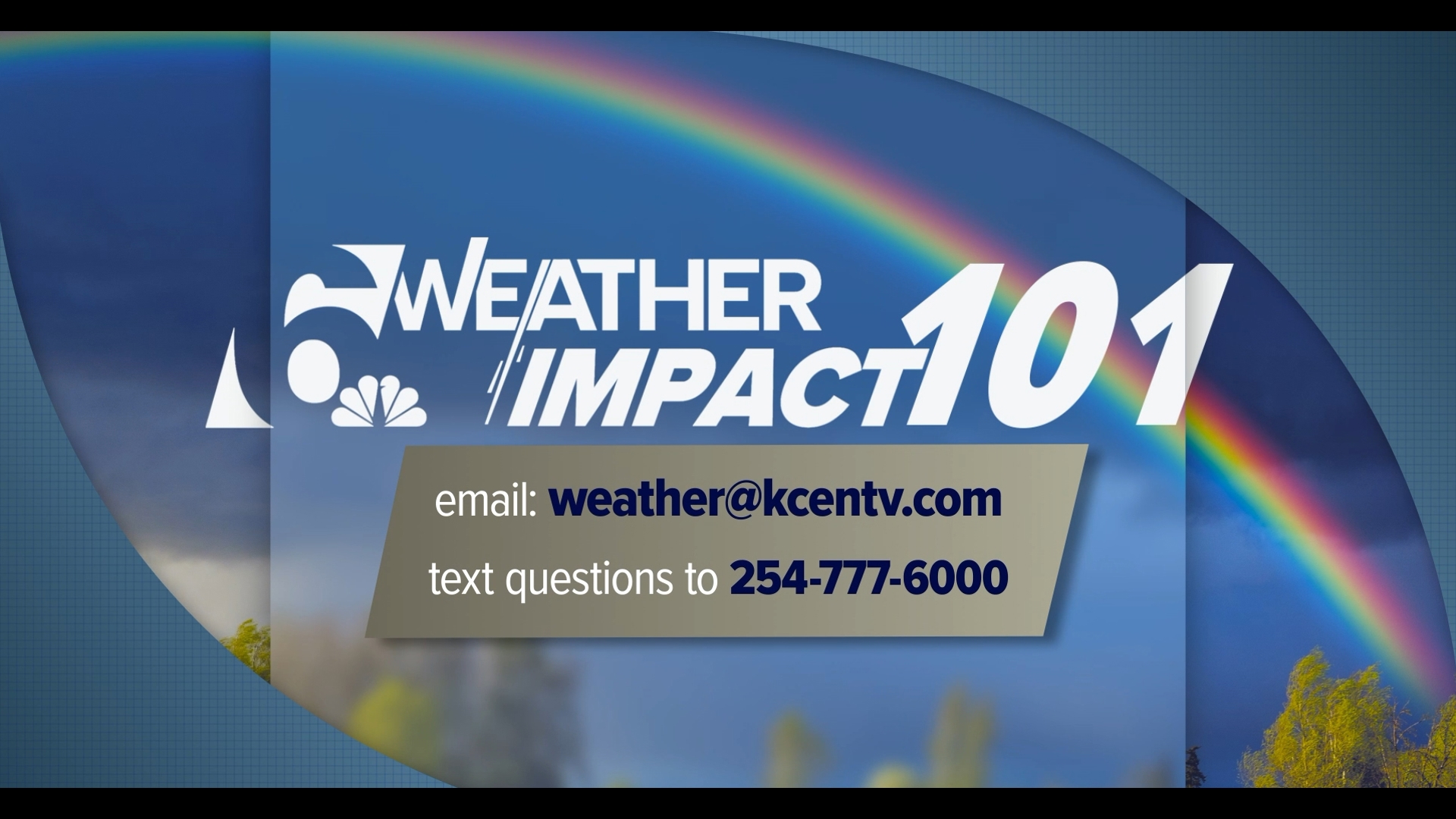In this Weather Impact 101, we’re looking at one of the more awe-inspiring and terrifying spectacles nature can throw our way: The Fire Whirl, otherwise known as a Fire Tornado or Firenado. We’ll look at how they form and what makes them so dangerous.
Wildfires have burned millions of acres across the US over the past few years. From Texas to California and Hawai’i, massive wildfires have become all too common.
We’ve all seen the devastation they can leave, but what happens inside the fire can be equally dramatic. It’s difficult enough to fight wildfires under ideal conditions, but sometimes the landscape inside these storms can be like something out of a horror movie.
We’re talking, of course, about the Fire Whirl. It can go by many names: Fire Tornado, Fire Swirl, Firenado, but whatever you choose to call it, it represents nature’s beauty and fury all at the same time.
How do Fire Whirls form?
Fires can create their own mini-weather environments. With flames measuring as much as 1200° Fahrenheit, wildfires can cause massive columns of air to rise rapidly into the atmosphere. Much in the same way air rises on a hot day, fires can create these massive plumes of rising air.
As air rises, it can carry ash and debris with it, causing the flames to rise high into the air as well. If there is sufficient wind shear (that is, wind direction changing with height), that column of air can begin to rotate. If that rotating column of air contains burning debris and ash, the flames will also start to spin, creating a vortex of flames. The concept is very similar to that of a dust devil developing in the desert on a hot day.
These are not *technically* tornadoes. A tornado, by definition, originates from a supercell thunderstorm cloud and descends to the surface. The rotation of a tornado is supported by a cyclone aloft. Dust devils and fire whirls, on the other hand, start at the ground and rise up and usually do not interact with clouds or thunderstorms.
What makes them so dangerous?
They’re unpredictable, for one. It’s nearly impossible to say where one of these is going to pop up.
Another danger factor: since they are low pressure systems, they can pull in other burning debris or ash, intensifying the heat and sustaining the vortex. If the heat and rotation are strong enough, these can become behemoth storms.
A Fire Tornado in California in 2018 burned as hot as 2700° Fahrenheit and the winds within the whirl were estimated to be 165 miles per hour, the same as an EF-3 tornado. This was part of the Carr Fire that burned nearly 230,000 acres. The whirl lasted for over 30 minutes, twisting metal around trees and leaving a swath of scorched destruction behind it.
What can we do?
In terms of the fire whirl itself, not much.
Let it run it’s course and do our best to protect life and property.
In general, though, it’s up to us to prevent wildfires from starting.
As our old friend Smoky once said, only YOU can prevent forest fires. Obey all burn bans, pick up tow chains, make sure not to drive through or park on grass & finally, make sure you extinguish all smoking materials.
If you see something on fire, make sure you call 9-1-1.
Next up, Meteorologist Avaionia Smith will be talking about all of the different types of precipitation we can see and how they form.

